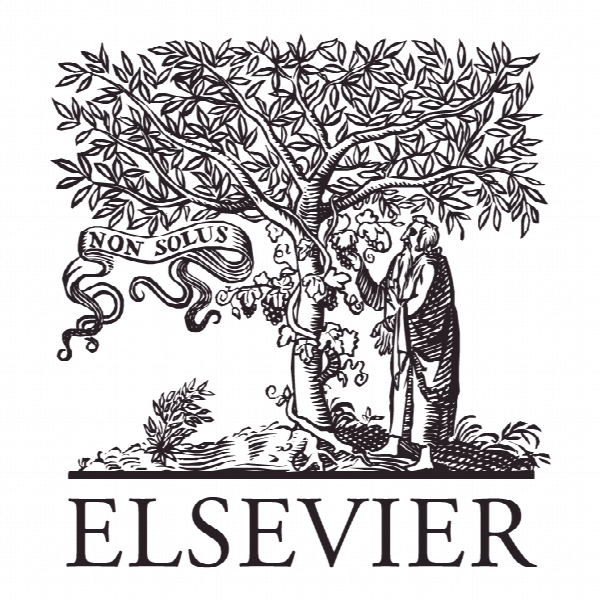صدای اجتماعی مصرف کننده در عصر رسانه های اجتماعی: مشخصات تقسیم بندی و استراتژی های بازاریابی رابطه ای Consumer social voice in the age of social media: Segmentation profiles and relationship marketing strategies
- نوع فایل : کتاب
- زبان : انگلیسی
- ناشر : Elsevier
- چاپ و سال / کشور: 2017
توضیحات
رشته های مرتبط مدیریت
گرایش های مرتبط بازاریابی
مجله افق های تجاری – Business Horizons
دانشگاه Gordon Ford College of Business, Western Kentucky University, U.S.A
نشریه نشریه الزویر
گرایش های مرتبط بازاریابی
مجله افق های تجاری – Business Horizons
دانشگاه Gordon Ford College of Business, Western Kentucky University, U.S.A
نشریه نشریه الزویر
Description
1. The rise of social media as an outlet for unhappy customers rketers have fully embraced social media, with over 96% of businesses using social media as a marketing tool and 92% saying social media is important to their business goals (Stelzner, 2015). Heralded as a new paradigm in marketing, social media stands to give consumers a powerful and undeniable voice in their relationships with organizations. Marketing communication is now evolving toward two-way conversations ratherthan one-way, mass-media sermons. However, influential and frequently negative consumer comments on social media have left many companies unsure of how to address public criticism; marketers cite negative consumer response on their social media sites as their number one fear (Gillin, 2009). Many companies have experienced the sting of widespread negative social media backlash from consumers, resulting in bad press, falling stock prices, forced reversals on social issues and, in some extreme cases, in businesses closing their doors altogether (Grégoire, Salle, & Tripp, 2015; Kim, Wang, Maslowska, & Malthouse, 2016). Consumers have quickly embraced social media as an outletfor complaints. A growing percentage of consumers would rather contact a company to complain via social media as opposed to in-person or on the telephone (Gesenhues, 2013), yet 64% of consumers report that their customer service inquiries were not resolved via social media. When consumer issues are not addressed on social media in a timely manner, 38% ofrespondents will have more negative attitudes toward a brand and 60% are more likely to take a negative action toward the brand in terms of negative word-of-mouth, escalating complaints through other avenues, and buying less from the company or switching altogether (Gesenhues, 2013). Seventy-two percent of consumers expect brands to respond to complaints on Twitter within an hour. The benefits of meeting consumer expectations when responding to social media complaints are obvious; timely and satisfactory responses to complaints resulted in 47% of consumers more likely to recommend the brand through social media and increased purchase intentions for 34% of consumers (Gesenhues, 2013). Other studies indicate that consumers will spend 21% more if they receive good customer service through social media sites (Bennett, 2012). With 2.4 billion conversations about brands taking place every day in online media, it is clear that marketers must understand and have strategies in place to handle consumer voice in order to preserve and nurture consumer relationships. Furthermore, marketers must be prepared to identify and execute appropriate responses to consumer complaints very quickly in order to meet minimal customer expectations for service on social media. However, there is little research in the field of social media that addresses how managers should handle social consumer voice in a manner that benefits the organization. This study seeks to identify and categorize the different types of complaints on social media. Our in-depth, qualitative analysis using a netnographic method (Kozinets, 2010) allowed us to produce a typology of public complaint behavior on social media sites; we introduce eight types or segments of social media voice (or complaint) with illustrative quotes. This approach rejects a one-size-fits-all recovery strategy and instead focuses on the best way to recover the consumer relationship and minimize damage from negative word-of-mouth as a starting point for effective (and public) service recovery strategies.


